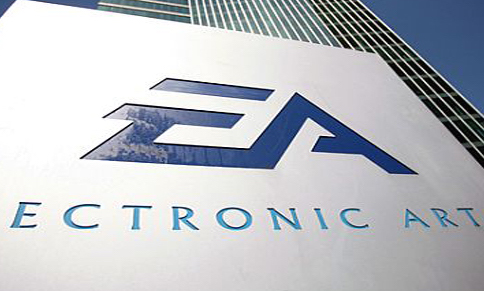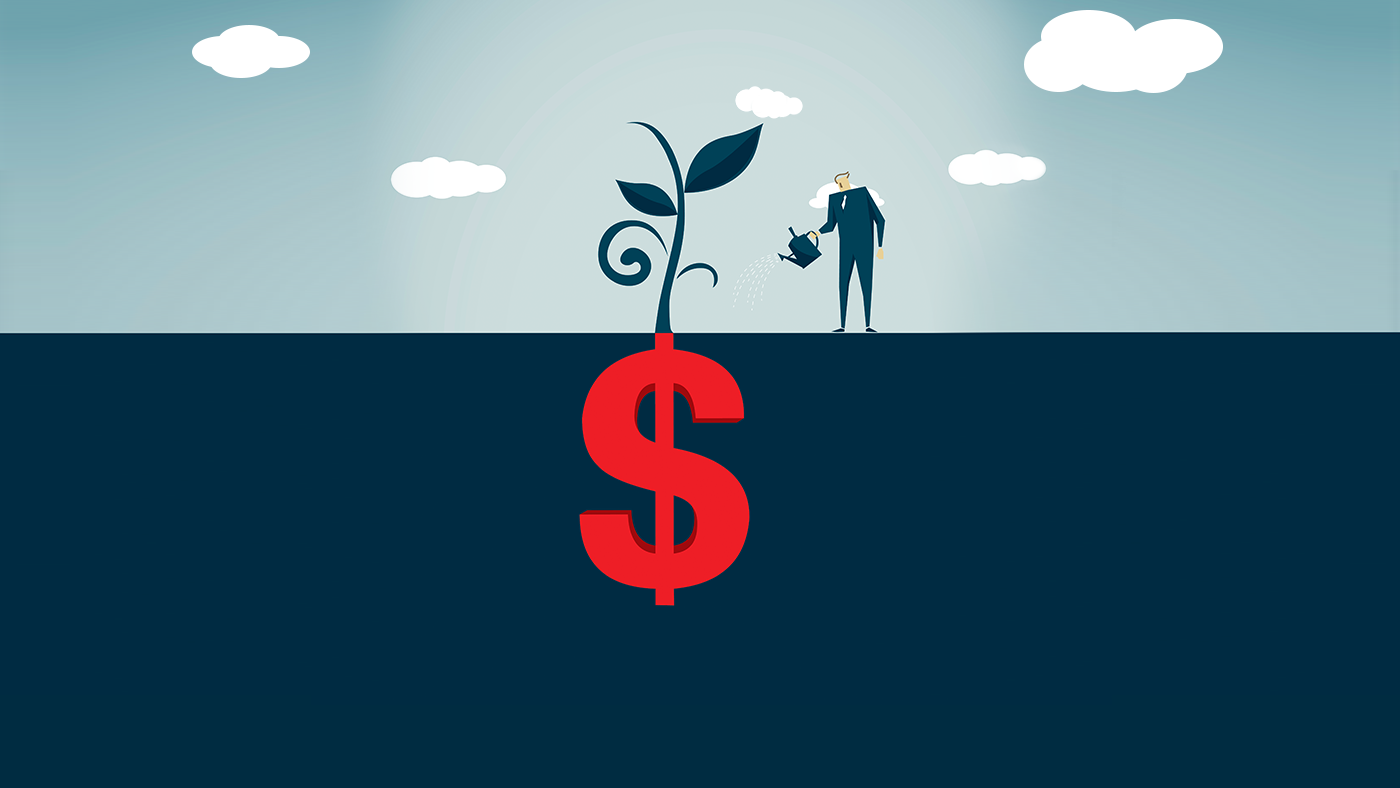by Brooke Thackray, Research Analyst, AlphaMountain Investments, Horizons ETFs
May 10, 2020
The Tortoise and the Hare (Turtle and Rabbit) Fable encapsulates current investor expectations of the economy getting back to some sort of “normal.” Some investors believe that the economy is going to recover quickly with central bank and government help, others believe that it is going to be a long slow process.
There will be better times ahead, but how we get there and what the future looks like is driving the stock market at the current time.
I am sure that everyone is tired of hearing how the stock market is a forward looking mechanism. As the economy has suffered in the Covid-19 crisis, the media has constantly reminded us that investors are looking past the self-imposed economic shutdown to a not so distant future when almost everyone will be back at work and the economy will once again be operating smoothly.
Saying that the stock market looks forward by six or nine months is a nebulous concept. It is often used as an excuse to justify the valuation of the stock market on a qualitative basis. Sometimes it is important to parse out the elements to try and grasp if investors are being too optimistic or pessimistic in their judgement of the future.
Investors are looking way in to the future in order to justify current valuations in the stock market.
Investors initially stepped into the stock market in late March because it was an opportunistic low. Many believed that they were taking advantage of once in a “lifetime deals,” and the Federal Reserve would make sure that they did not get hurt. If that were true, it is no longer true given the markets rapid rise since March 23rd.
Now, we are at a reality check time. Companies that were in good shape two months ago are starting to seek bankruptcy protection. The are a large number of businesses that are going to be fighting to stay alive, despite central bank and government assistance.
Restaurants survive on thin margins and are constantly going out of business in good times. As the economy reopens, restaurants will find it very diffi cult, with lower occupancy limits and people being reluctant to dine at restaurants. Many restaurants will close their doors.
It is not just restaurants, but many other businesses will suffer a similar fate. The knock-on effect is what starts economic deterioration. With fewer people working in the service industry, there will be fewer people buying household furniture, cars etc. The slowdown in a few sectors multiplies through the economy.
There is generally a positive relationship between the between those investors that feel the economy is going to get on its feet quickly (the hares) and those that believe the Federal Reserve and governments are going to be effective in stimulating the economy with their massive stimulus programs. In comparison, there is a positive relationship between those that feel the economy has a long slow road ahead (tortoises) and those that feel the stimulus packages may not be as effective as most perceive.
It is a real stretch to say that in nine months (the time typically quoted for the stock to look forward to economic conditions) that the US unemployment rate will return to 3.5% and GDP will be back to its previous levels. There are so many jobs that will not be coming back in the short-term. It takes time for new businesses to start. Last week, the Nonfarm payroll report printed a number of 20.5 million more people unemployed in April. It is a huge number, but a lot of investors took solace in the fact that 80% were temporarily laid-off. This may not be quite as it seems. Companies strapped for cash are probably inclined to claim temporary layoffs so that they do not have to pay severance.
In order to believe that the stock market is undervalued, an investor has to believe that central bank and government actions will be effective in stimulating the economy
and more than make up for the economic damage that Covid- 19 has caused... at some point in the next year or two.
Government actions so far, although much of it needed, has been in the form of transfer payments to help individuals and companies survive the Covid-19 crisis. It is not really stimulus. It is meant to replace some of the wages and income lost that have been lost during the pandemic. In fact, a lot of the money being passed out is causing a misallocation of capital by keeping zombie companies alive that should have gone out of business a long time ago.
Once the coronavirus settles down, expect the government to announce massive fiscal packages of spending. Although this will be a form of stimulus in the short-term, over the long-term it potentially could create problems.
Central bank interference since the last bull market has created a moral hazard, whereby investors believe that any economic and/or stock market decline will be counteracted by the central bank. This has allowed investors to look further into the future, more than the traditional six to nine months and create a case that central banks will make sure that the economy is on a steady footing. In the past, investors believed that central banks would mitigate economic damage (soften the blow), not stop it.
Today, investors believe that the job of the central bank is to stop any economic downturn from ever happening. In other words, the business cycle should not exist. As a result, investors have developed a sense of confidence that has allowed them, in times of economic uncertainty to look further than the traditional six to nine month period in anticipation of better times ahead. Their sense of confidence has allowed them to look out one or even two years, counting on better economic times to move the stock market higher in the present time.
I call this “moral hazard duration risk.”
The problem with an overconfidence in the belief that the Federal Reserve will be able to save the economy in a year or so, is that it creates an increase in tail risk. If the economy does turn down and the Federal Reserve is not able to arrest its fall, then the collapse in the stock market could be bigger and more painful.
It is all about the narrative
As the economy opens back up, most stories in the media will probably have a positive spin, but over time that may change. Just the other day, Reuters published an article about Disney opening up its Shanghai Park in China. I found the order of facts interesting. The article was titled:
Shanghai Disneyland tickets sell out as park prepares to re-open (Reuters May 8, 2020).
https://www.reuters.com/article/us-health-coronavirusdisney- shanghai/shanghai-disneyland-tickets-sell-out-aspark- prepares-to-re-open-idUSKBN22K0N6
The title gives you the impression that there is overwhelming demand to pay to get into the park. It is not until you read almost the whole article that it reveals that the Disney park is operating at 30% capacity: It is not making money at that level. The test will be once the park opens up to significantly more people.
At some point, investors will become tired of hearing the positive spin of stores and businesses are reopening. It is just the way it works. People get tired of hearing the same story over and over. The media typically complies and either puts a different spin on the news or moves on.
Over-time articles could “flip the narrative,” You won’t have to read to the end of the article to find out that things are not all rainbows and sunshine. Also, as more and more businesses claim bankruptcy, the articles will start to examine the Covid-19 cost to society and the economy. In turn, this could lead investors to question their assumptions of a robust economy on the near term horizon.
The stock market has had a strong rally since March 23. A lot of investors believe that it has developed an inertia and will keep rallying unless something bad happens. Narratives change gradually and then quickly. Investors tend to hold on to their existing perception of the market despite the narrative changing. In other words, trying to time narrative changes on how the valuation of the stock market is perceived is very difficult.
Seasonals have not gone away
Seasonally, we have entered into the weaker six month period of the year for the stock market. Despite the previous correction and then a rally, the seasonal trends are still valid.
In the six-month period from May 6 to October 27, the S&P 500 has historically had very few large gains. From 1950, the S&P 500 has rallied 10% or more eight times in this six month period. Each instance occurred as the economy was coming out of a recession. This is not the case right now. The economy may be picking up, but we are not coming out of a recession. In comparison, the S&P 500 in the other six-month period, from October 28 tho May 5, has rallied 10% or more, twenty-eight times. Big difference. In other words, the risk-reward relationship of a long position in the stock market at this time of the year is not favorable compared to the other six-months of the year.
Read Thackray's complete newsletter for all his seasonal opportunities and risks, below, or download a copy.
Copyright © Horizons ETFs














